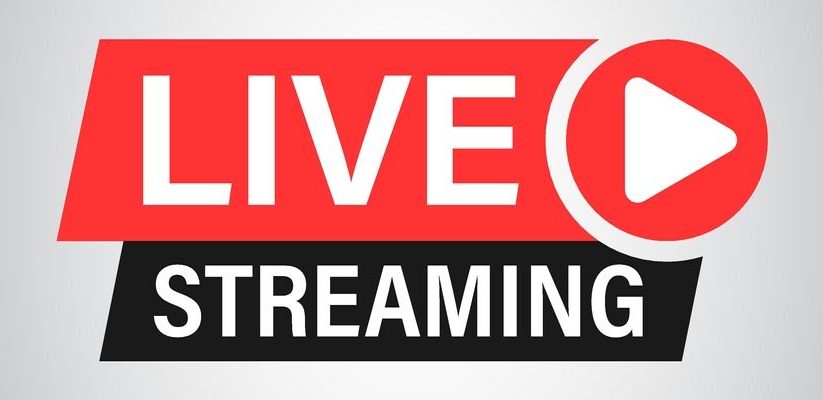
Future-Proof Your Station with Modern Broadcasting Tools
In an era where technology is advancing at an unprecedented pace, radio stations must adapt to stay relevant and competitive. Radio broadcasting software plays a crucial role in ensuring that stations can not only keep up but also thrive in the evolving media landscape. This article explores the importance of modern broadcasting tools and how they can help future-proof your station, enhancing operations, engaging listeners, and driving revenue.
Understanding the Importance of Modern Broadcasting Tools
The landscape of radio broadcasting has changed dramatically over the past decade. With the rise of digital media, streaming services, and the increasing expectations of listeners, traditional broadcasting methods are no longer sufficient. Modern broadcasting tools empower stations to leverage technology effectively, allowing them to reach wider audiences and offer richer content.
Benefits of Modern Broadcasting Tools
- Enhanced Content Delivery: Modern broadcasting software enables seamless streaming, allowing stations to deliver high-quality audio and video content to listeners anytime, anywhere.
- Increased Audience Engagement: Tools that facilitate listener interaction—such as polls, chat features, and social media integration—help build a community around your station.
- Robust Analytics: Advanced analytics features provide valuable insights into listener behavior, enabling stations to tailor their programming and marketing strategies effectively.
- Monetization Opportunities: Modern broadcasting tools often come with built-in monetization options, allowing stations to generate revenue through ads, sponsorships, and subscription models.
- Operational Efficiency: Automation and scheduling features streamline operations, reducing the need for manual intervention and freeing up staff to focus on content creation.
Key Features to Look for in Radio Broadcasting Software
When investing in radio broadcasting software, it’s essential to consider features that will help future-proof your station:
1. User-Friendly Interface
A user-friendly interface is critical for ensuring that your team can operate the software efficiently. Look for systems that offer intuitive navigation, making it easy for staff to manage broadcasts, schedules, and audience interactions.
2. Live Streaming and On-Demand Capabilities
The ability to stream live broadcasts and offer on-demand content is crucial. This flexibility allows you to reach listeners who may not be available during traditional broadcast hours, significantly expanding your audience base.
3. Interactive Features
Modern broadcasting software should include features that promote listener engagement, such as:
- Live Chat: Enables real-time interaction during broadcasts.
- Polls and Surveys: Encourages audience participation and provides valuable feedback.
- Social Media Integration: Facilitates sharing and interaction across social platforms.
4. Comprehensive Analytics
Analytics tools are vital for understanding your audience. Look for software that provides detailed insights into:
- Listener demographics
- Listening habits
- Engagement metrics
This data can help you make informed decisions about programming and marketing strategies.
5. Monetization Options
Choose software that offers various monetization features, such as:
- Ad Insertion: Allows for dynamic ad placements during live broadcasts.
- Subscription Models: Enables listeners to support your station through memberships or donations.
- Merchandising: Simplifies the sale of branded merchandise directly to listeners.
6. Integration Capabilities
Ensure that the broadcasting software can integrate with other tools you may be using, such as CRM systems, email marketing platforms, and social media management tools. This integration can streamline workflows and enhance overall efficiency.
7. Cloud-Based Solutions
Opting for cloud-based broadcasting software allows for greater flexibility and accessibility. Team members can access the platform from anywhere, making it easier to manage broadcasts and engage with listeners remotely.
Strategies for Future-Proofing Your Station
1. Embrace Technology
Investing in modern radio broadcasting software is the first step toward future-proofing your station. Ensure your software is updated regularly to incorporate the latest technological advancements.
2. Foster Community Engagement
Building a community around your station enhances listener loyalty. Use interactive tools to engage your audience, encouraging them to participate through social media, live chats, and feedback mechanisms.
3. Diversify Content Offerings
Adapt your programming to include a variety of content formats, such as podcasts, live interviews, and community-focused shows. Diversifying content not only attracts different listener segments but also keeps your programming fresh and exciting.
4. Utilize Data Analytics
Leverage the analytics provided by your broadcasting software to make data-driven decisions. Regularly review listener metrics to understand what content resonates most and adjust your programming accordingly.
5. Explore Monetization Strategies
Consider various monetization options to boost revenue. Implement advertising strategies, offer premium content subscriptions, and explore partnerships with local businesses for sponsorship opportunities.
6. Train Your Team
Invest in training for your team to ensure they are well-versed in using modern broadcasting tools. A knowledgeable staff can maximize the potential of your broadcasting software, enhancing overall station performance.
7. Stay Updated on Industry Trends
Keeping an eye on industry trends will help you anticipate changes and adapt your strategies accordingly. Attend industry conferences, participate in webinars, and engage with other broadcasters to stay informed.
Conclusion
Future-proofing your radio station involves embracing modern technologies and strategies that enhance listener engagement and streamline operations. By investing in quality radio broadcasting software, you can improve content delivery, engage your audience, and create new revenue streams. As the media landscape continues to evolve, staying ahead of the curve will ensure your station remains relevant and successful in the years to come.





